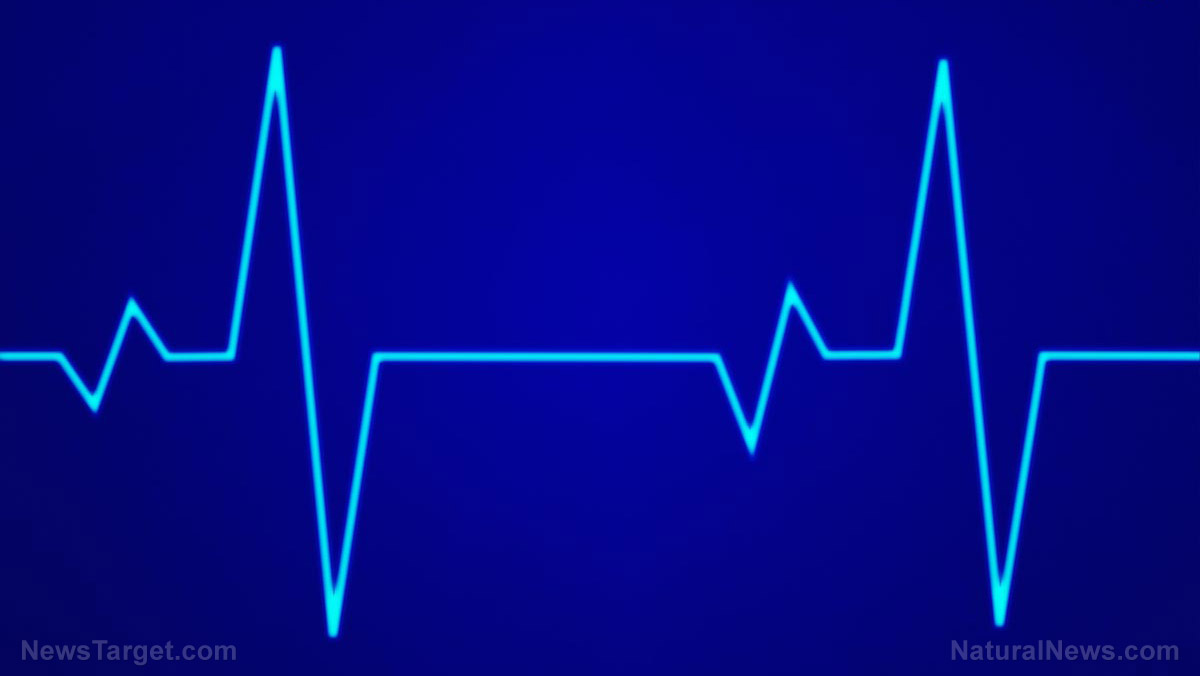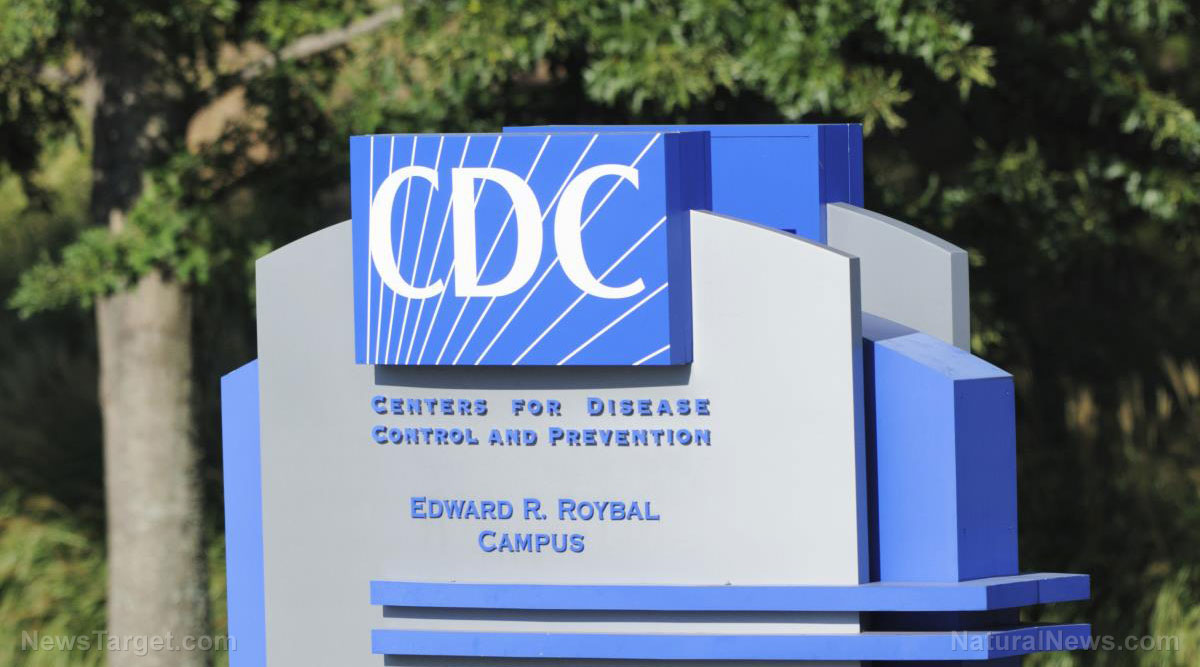
When the arteries are stiff, they become less elastic and more rigid. In turn, this causes increases in blood and pulse pressure. Apart from being a cardiovascular disease risk factor, it is also linked to other health problems, such as diabetes and renal failure.
Available measurement methods for determining arterial stiffness include the use of magnetic resonance imaging (MRI) or the use of tonometry. MRI is costly and often impractical, while tonometry involves two pressure measurements and an electrocardiogram to correspond with the phases of the two pressure waves. Therefore, the research team aimed to develop a new method for detecting and monitoring cardiovascular disease.
In their study published in the journal Scientific Reports, the team was able to measure a risk factor for cardiovascular diseases and arterial stiffness with a smartphone by coupling a machine learning model with a patient's pulse data. In their method, they used a single, uncalibrated carotid pressure wave that can be captured with a smartphone's camera. In an earlier study, they used the same technology to create an app that can detect heart failure using the slight perturbations of the pulse beneath the skin to record a pulse wave. Similarly, they can determine arterial stiffness.
Their method only needed the shape of a patient's pulse wave for the mathematical model called intrinsic frequency. With this model, they can calculate key variables related to the phases of the heartbeat of the patient. The key variables represent the heart's performance during the contraction phase and the vasculature's performance during the relaxed phase. After calculating, these variables are used in a machine learning model that identifies pulse wave velocity (PWV), determining arterial stiffness.
They tested their method with the use of a previous tonometry data gathered from a long-term epidemiological cohort analysis called Framingham Heart Study. They calculated their own PWV measurements using 5,012 participants. Then, they compared their measurements with the tonometry measurements from the study. Results showed an 85 percent correlation between the two.
"An uncalibrated, single waveform – that means that you eliminated two steps. That's how you go from an $18,000 tonometry device and intrusive procedure to an iPhone app," said Niema Pahlevan, one of the researchers of the study.
The team also needed to verify whether their method could be used to detect cardiovascular disease. Thus, they conducted a prospective study which involved 4,798 patients. Results revealed that their PWV measurement was greatly linked with the onset of cardiovascular diseases after a follow-up period of 10 years. (Related: Next-gen troponin test can diagnose a heart attack within one hour.)
Warning signs of heart failure
An easy way to identify symptoms of heart failure is to remember the acronym FACES.
- Fatigue – A general feeling of tiredness or fatigue occurs when the heart cannot pump enough oxygen-rich blood to meet the energy needed for the body to function properly.
- Activity limitation – Individuals with heart problems often cannot perform daily activities because they easily get tired and are short of breath.
- Congestion – Fluid accumulation in the lungs can lead to coughing, wheezing, and breathing difficulty.
- Edema or ankle swelling – Fluid can build up in the ankles, legs, thighs, and abdomen when the heart cannot pump blood back up from the lower extremities. Excess fluid can also result in rapid weight gain.
- Shortness of breath – Fluid in the lungs makes it harder for carbon dioxide in used blood to be exchanged for fresh oxygen. In addition, breathing may be more difficult when lying down as gravity lets fluid from below the lungs to travel up the torso.
Although these warning signs do not confirm a diagnosis of heart failure, they mean an urgency to seek medical help and should not be ignored.
Read more news stories and studies on technological advances by going to FutureTech.news.
Sources include:
Please contact us for more information.























